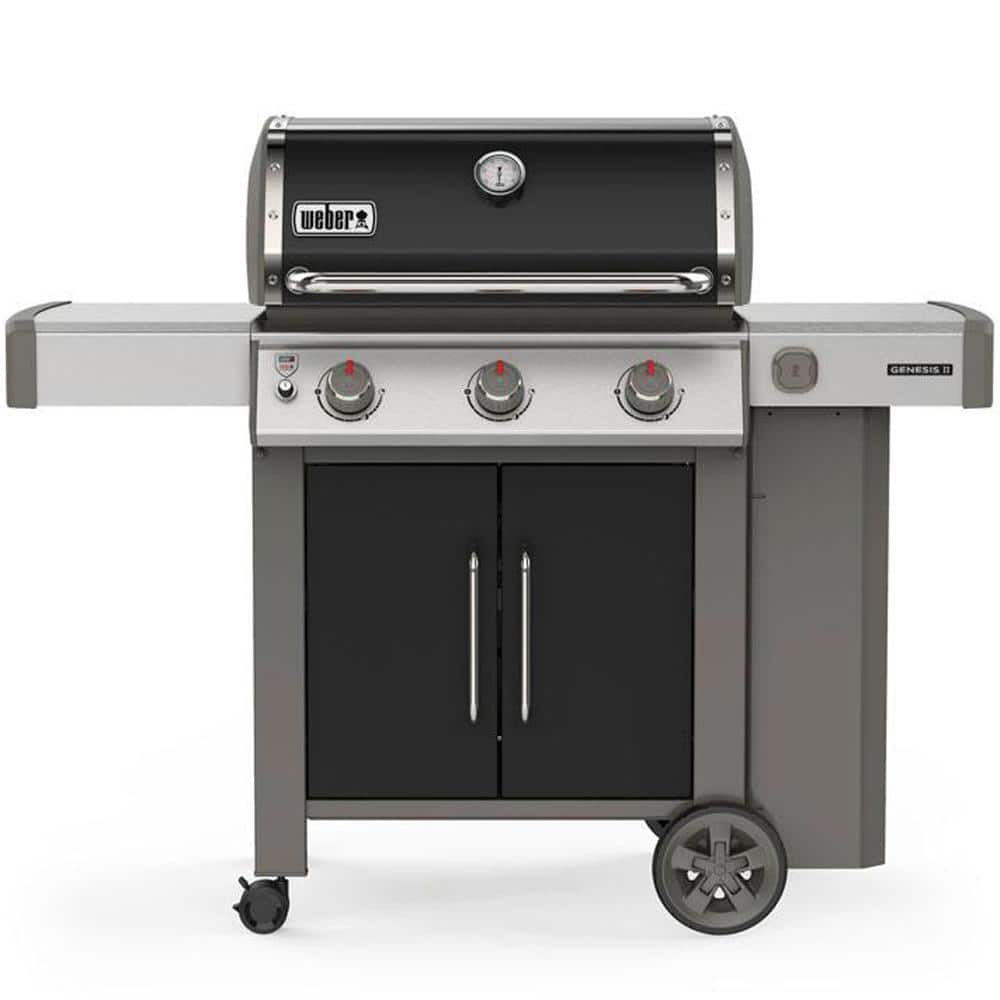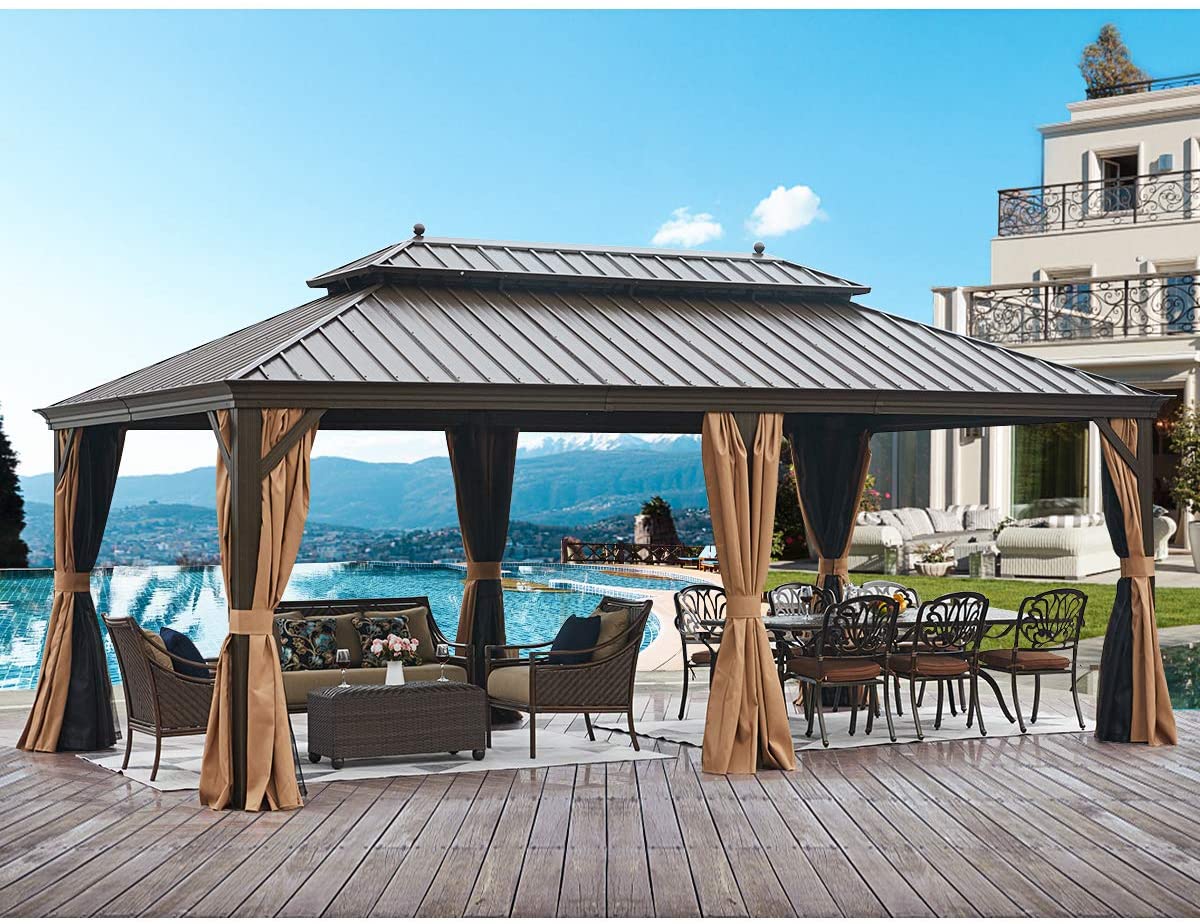Sun Joe AJ801E Electric Lawn Dethatcher with Collection Bag, 13 inch, 12 Amp, Scarifier
Get your lawn in top green shape with the Sun Joe® Dethatcher Joe AJ801E 13-inch electric scarifier lawn dethatcher. Powered by a robust 12-amp motor, the Dethatcher Joe rakes a 13-inch wide path in a single pass to get your job done fast.
LET YOUR LAWN BREATHE. Get your lawn in top green shape with the Sun Joe® Dethatcher Joe AJ801E 13-inch electric scarifier lawn dethatcher. Powered by a robust 12-amp motor, the Dethatcher Joe rakes a 13-inch wide path in a single pass to get your job done fast. Enhancing its raking ability is AirBoost technology, which maximizes thatch pickup with spring steel tines that stay sharp longer for reliable performance. Use the 5-position depth control knob to tailor the raking depth from -0.4 in. (10 mm below the soil) to 0.4 in. (10 mm above the soil), depending on your lawn?s scarifying or dethatching needs. Scarifying your lawn at regular intervals cuts grass roots and encourages growth for thicker, healthier turf.
Features:
- Questions? Text 54267 to chat directly with a Sun Joe product expert
- Ideal for revitalizing small to mid-sized lawns
- Minimum cutting height (inches):-0.12. Mower amperage (amps): 13 rakes a 12.6″ wide path to get your job done faster
- Scarifier function to cut grass roots for thicker growth, healthier lawns
- AirBoost technology – spring steel tines for maximum thatch pickup
- Maintenance free – No gas, oil or tune-up
- Tailor raking depth with 5-position depth control
- Detachable thatch collection bag for easy disposal
- ETL approved
Specifications:
- 52875412
- Bagger: Yes
- Best Use: Mid to Large Sized Lawns, Heavy Duty Clearing
- Blade Length (in.): 13
- Certifications and Listings: ETL
- Cutting Width (in.): 14
- Deck Cleanout: No
- Features: AirBoost Technology, Dethatcher + Scarifier Function, 5 Height Positions, Rugged All Terrain Wheels
- Included: Dethaching Cylindr + Scraifying Cylinder, 8 Gallon Collection Bag
- Lawn Mower Type: Walk-behind
- Length of Cord (ft.): 1
- Maximum Cutting Height (in.): 0.4
- Minimum Cutting Height (in.): -0.4
- Motor: 12 amp
- Mower Amperage (amps): 13
- Mulching Capability: No
- No Load Speed (rpm): 2990
- Power Type: Electric
- Product Weight (lbs): 23
- Rust Resistant Deck: Yes
- Size of Yard: 1/4 – 1/2 Acre
Additional information
| Manufacturer Part Number | AJ801E |
|---|---|
| Model | AJ801E |
| Assembled Product Weight | 23 lb |
| Assembled Product Dimensions (L x W x H) | 21.00 x 23.00 x 41.00 Inches |






by Claire
The price was fantastic. This is a spare for the one I already own. I wouldn’t be without one!
by David
It works as promised. Pulls up dead matter and let’s the soil breath. Nice and lightweight. It is nice that it comes with a scarifier. Cuts grooves into soil so seeds can fall into them and start growing.
by Steve
The box was torn up, But works well.
by Rob
Easy to assemble. Works well lifting the dead grass from the lawn. Easy to adjust height.
by Steve
Easy to use and does great work removing dead grass.
by Newo
Easy to use and does a great job! Breathed life back into my yard. Paid only $50 for this, and it has already paid for itself. The cord is a little annoying, but the machine does a great job turning up the dead grass. I couldn’t believe the difference.
by Shonda
Pros: This thing pulls up everything. Rips up the ground like its supposed to Cons: Bag is too small, about every 10′ had to stop and empty the bag and rake up the trail